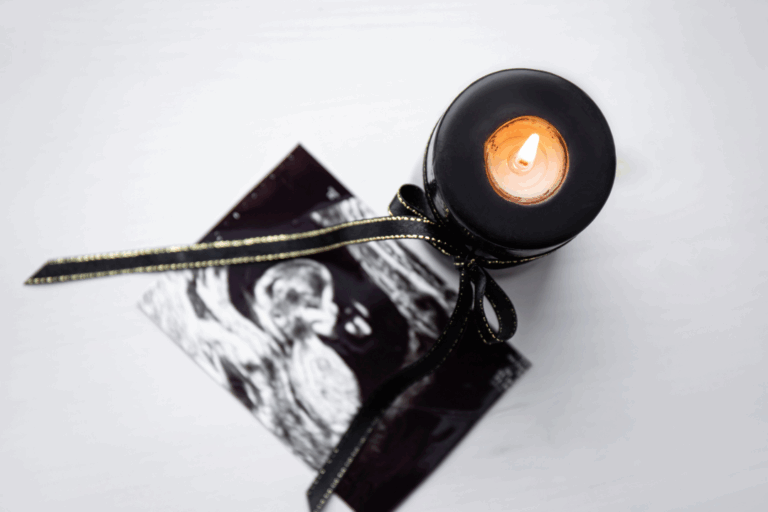Preparing to breastfeed sounds very serious. But in reality, our bodies are magically designed to produce milk. Regardless of how you prepare or don’t prepare to breastfeed, your breasts will start to produce small amounts of colostrum – a creamy milk that will ooze in drops from your breasts from between 27 weeks gestation to the end of pregnancy.
Being prepared to breastfeed
- The best way to prepare to breastfeed is to talk to a lactation consultant as they are experts. Another way is to watch another woman feed and get tips on how to hold and latch your baby.
- No preparation of your nipples is required to successfully breastfeed. Don’t try and “toughen up” your nipples, as you are more likely to damage them.
- If you have had breast surgery and would like to breastfeed, it is helpful to see a lactation consultant before the birth, so that they can assess your chances of breastfeeding, and be on standby as you are more likely to need help in the first week.
- For all moms who are battling to feed on the first few days, it is advisable to see a lactation consultant by day 4 so that they can advise on latching – especially if your milk isn’t coming in adequately.
Get the equipment
- You are going to spend many hours in the early months feeding. Make sure you have a comfortable chair from which you can feed. Place a little table next to the chair for your phone, a glass of water and your Kindle or a good book. If you have a toddler, a couch may work better so your older child can cuddle next to you and have a book read to them during feed times.
- Breast pumps range from basic hand pumps to hospital grade double electric pumps, from a few hundred to a few thousand rand. A hand pump will do only for occasional pumping; it’s not appropriate for top up or exclusive pumping.
- If possible, buy an affordable single or double electric pump. Reviews and opinions of friends or clinic sisters are helpful for decision-making. If you are pumping at work or pumping more than once or twice a day do get a double pump, as it empties both breasts at once, halving the expressing time to 10 to 15 minutes, compared to 20 to 30 minutes.
For more information on preparing for birth and breastfeeding, read Pregnancy Sense or download Parent Sense – the all-in-one baby app that has all the breastfeeding advice & tips you need at your fingertips.




